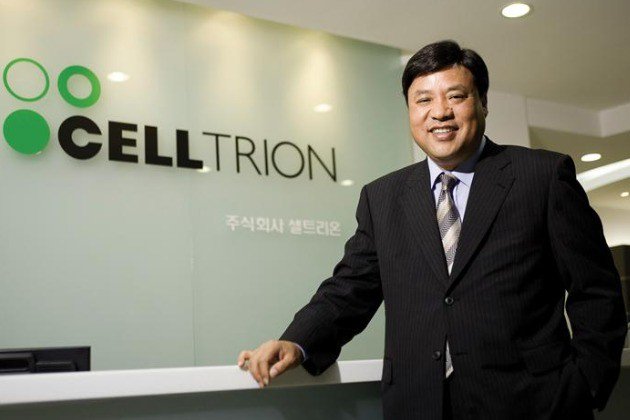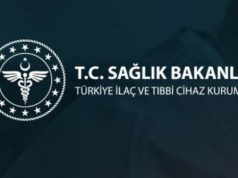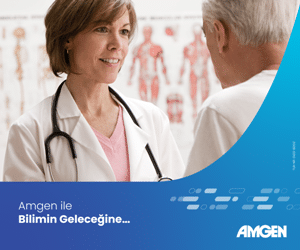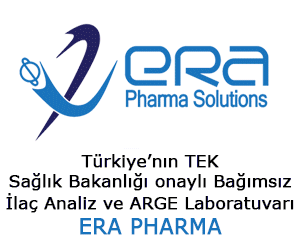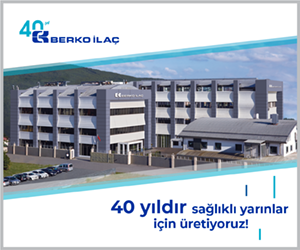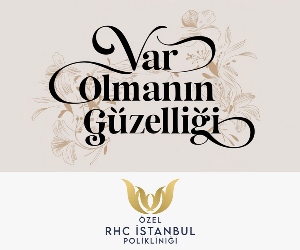Güney Kore’li Celltrion, biyosimilar patlamasının en büyük galibi.
Firma Avrupa ve Amerika Birleşik Devletleri’nde daha fazla ürün lansmanı yapmaya hazırlandığı için geçtiğimiz yıl ki değerini 3 kat arrtırdı ve 34 milyar dolar oldu.
Roche, biyobenzer rekabetin ilaç yaşam döngüsünün normal bir parçası olduğunu ve “biyobenzerlerin sağlık sistemlerinin finansal sürdürülebilirliğini desteklemekte rol oynayacağını” söyledi.
Ben Hirscler
European oncologists will soon get their hands on cut-price copies of breast cancer drug Herceptin, turning the screws on maker Roche and giving another boost to a new breed of companies focused on so-called biosimilars.
Biological drugs like Herceptin, a $7 billion-a-year seller, are complex molecules made in living cells. They have changed medicine in the past two decades and now offer rich pickings for firms making near-identical copies as patents expire.
Given the sky-high cost of many cancer drugs and growing political pressure over pricing, Ho-Ung Kim, head of strategy and operations at Celltrion Healthcare, believes the stars are aligning.
“The policies being discussed are more and more favorable for biosimilar companies,” he said during a visit to London.
Celltrion and a rival unit of Samsung aim to adapt the manufacturing skills that made South Korea a force in microchips and smartphones to making complex biotech drugs for international markets.
Today, Celltrion has two biosimilar drug factories in South Korea and plans a third, which Kim said might be located in Europe, after foreign business partners expressed concerns about the threat from North Korea.
Europe’s experience with biosimilars is being watched closely as a potential harbinger of disruption once biosimilar cancer drugs reach the U.S. market, the world’s biggest.
The speed at which copies of Roche’s Rituxan/MabThera for blood cancer – the first biosimilar of an antibody cancer drug – were adopted in Europe last year has surprised many experts.
Roche is certainly feeling the pain, with European sales of Rituxan down a bigger than expected 26 percent in the last quarter of 2017.
Kim estimates that rapid Rituxan uptake means cash-strapped European healthcare systems are likely to save 1.2 billion euros ($1.5 billion) over five years – enough to make Europe’s health officials sit up an take notice.
Britain, Germany and the Nordic countries are all proactively looking at ways to increase of use of biosimilars, with Britain’s National Health Service aiming to save at least 200-300 million pounds ($280-420 million) a year by 2020-21.
At University College London Hospitals, doctors switched fully to the biosimilar version of Rituxan within just three months – far faster than the 18 months it took to reach 90 percent use with the first antibody biosimilar, a copy of Johnson & Johnson and Merck’s rheumatoid arthritis treatment Remicade.
In the case of Herceptin, biosimilars take-up may not be quite as rapid, since Roche has grabbed significant market share for a new under-the-skin injection form of the drug, which is more convenient than the original intravenous infusion.
But Roche is expecting four or five competitors to Herceptin in Europe in 2018, against only two copies of Rituxan.
As a result, Kim believes Herceptin biosimilars will see market uptake “in between” that of Rituxan and Remicade.
In Europe, Celltrion’s Herceptin copy is a few months behind a rival from Samsung Bioepis, a joint venture between Samsung Biologics and Biogen, which already has approval. Still, Celltrion could launch by April or May, in time for big hospital tenders in the second half of 2018.
Kim said U.S. Food and Drug Administration scrutiny of packaging issues at one of its plants would not derail plans.
Uptake of biosimilar versions of Rituxan, Herceptin and Avastin – another Roche drug soon losing protection – is less certain in the United States.
Although biosimilar companies believe there will eventually be significant U.S. demand, Baader Helvea analyst Bruno Bulic said relatively low penetration of Remicade copies suggested the United States might be a more resilient market for Roche’s mature drugs.
Still, consensus forecasts from analysts suggest sales of Roche’s three big drugs will halve over the next five years, leaving a gap Roche aims to fill with new drugs for cancer, multiple sclerosis and haemophilia.
Roche said biosimilar competition was a normal part of the drug life cycle and “biosimilars have a role to play in supporting the financial sustainability of healthcare systems”.
Editing by David Evans
LONDON (Reuters)


